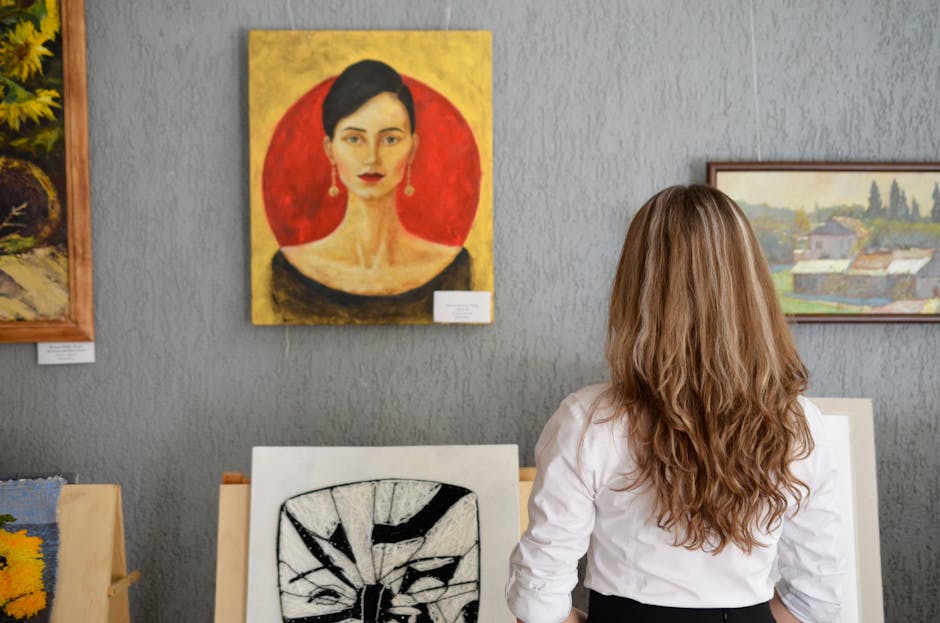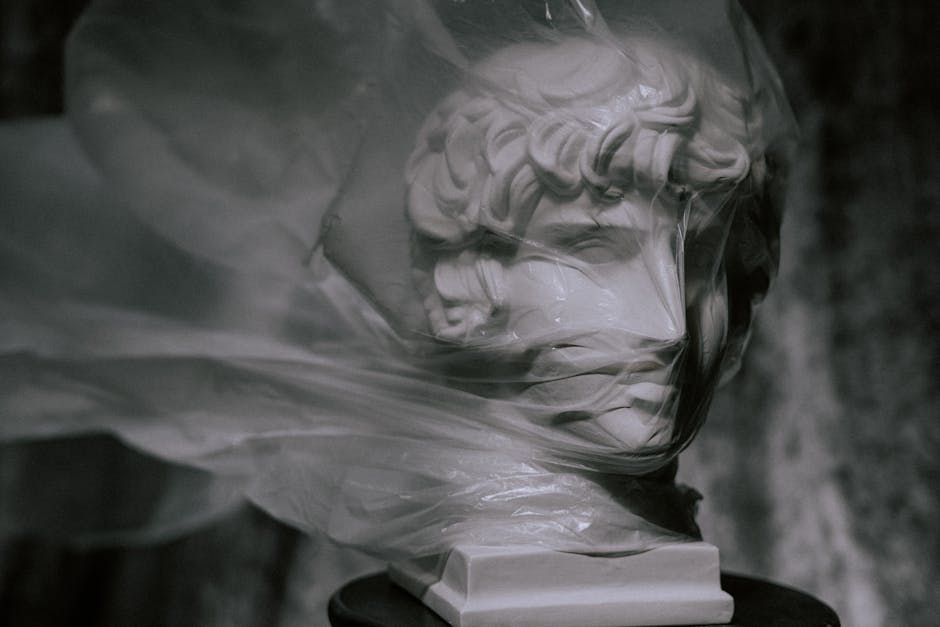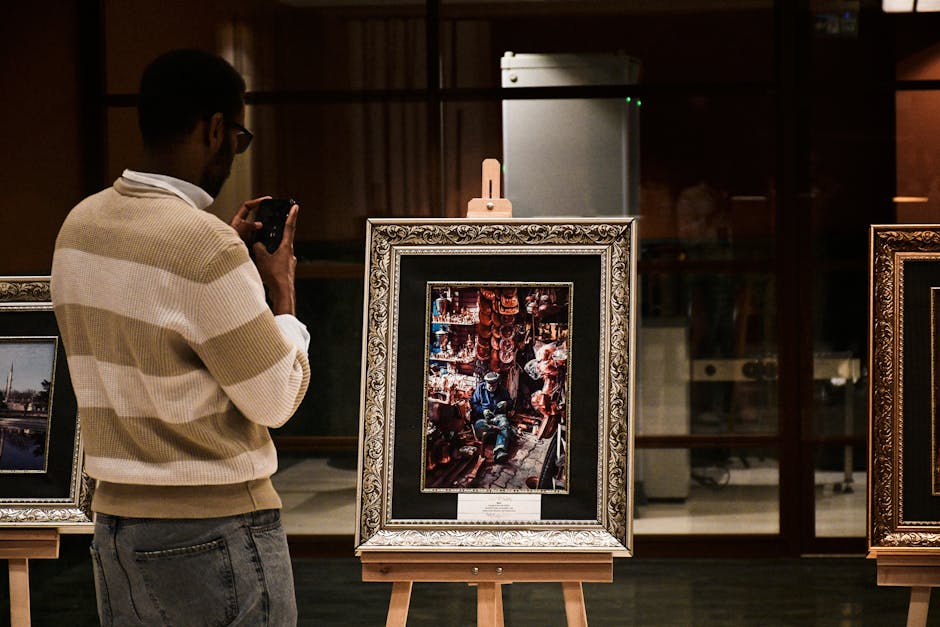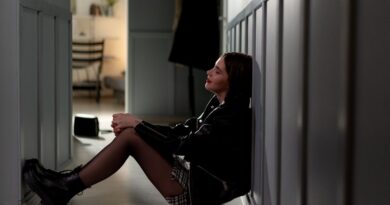Exploring Art Critique Perspectives: A Comprehensive Analysis
Welcome to the fascinating world of art critique perspectives. Art critique is not just about expressing personal opinions about a piece of art but involves a deeper understanding of art history, aesthetic principles, cultural contexts, and theoretical frameworks. In this article, we will delve into various perspectives on art critique, examining different lenses through which art can be analyzed, appreciated, and critiqued. From traditional formal analysis to contemporary critical theories, we will explore the diverse landscape of art critique perspectives and their significance in shaping our understanding of art.
The Evolution of Art Critique

Art critique has a long history dating back to ancient civilizations where art was used as a form of communication, expression, and documentation. The origins of art criticism can be traced back to ancient Greece, where philosophers like Plato and Aristotle laid the groundwork for analyzing art based on principles of beauty, form, and representation. Throughout history, art critique has evolved alongside artistic movements, reflecting changes in society, culture, and artistic practices.
In the Renaissance period, art critique focused on the technical mastery of artists, with critics evaluating works based on principles of perspective, composition, and proportion. During the Romantic era, art critique shifted towards the emotional and subjective responses to art, emphasizing individual interpretation and expression. The modernist movement challenged traditional notions of art critique, pushing boundaries and redefining the role of the artist and the viewer.
Today, art critique encompasses a wide range of perspectives, from formal analysis to socio-political critique, postcolonial perspectives, and feminist art criticism. Each perspective offers unique insights into the complexities of art, inviting viewers to engage critically with visual culture and challenge preconceived notions of artistic value and meaning.
Formal Analysis: Understanding the Elements of Art

One of the foundational approaches to art critique is formal analysis, which focuses on the formal elements of art such as line, shape, color, texture, and composition. Formal analysis seeks to understand how these elements work together to create a cohesive and visually engaging artwork. By examining the formal qualities of a piece, critics can uncover the artist’s intentions, stylistic choices, and aesthetic principles.
For example, when critiquing a painting, a formal analysis might consider the use of color to create mood and atmosphere, the arrangement of shapes to guide the viewer’s eye, and the quality of line to convey movement and rhythm. By dissecting the formal elements of art, critics can develop a deeper appreciation for the technical skill and creative vision of the artist.
Iconography and Symbolism: Decoding Visual Language

Iconography and symbolism play a crucial role in art critique, allowing critics to decode the visual language of artworks and uncover hidden meanings and messages. Iconography refers to the study of symbols and motifs in art, while symbolism involves the use of symbols to convey deeper layers of meaning and significance.
For instance, in religious art, symbols like the cross, the dove, and the halo are used to represent spiritual concepts and stories from the Bible. In political art, symbols like the clenched fist, the red flag, and the scales of justice are employed to convey messages of resistance, solidarity, and justice. By analyzing the iconography and symbolism in art, critics can unravel the narrative and ideological dimensions of artworks, shedding light on the cultural, historical, and social contexts in which they were created.
Critical Theory and Ideological Critique: Interrogating Power Dynamics

Critical theory and ideological critique offer a lens through which art can be analyzed in relation to power dynamics, social structures, and cultural hierarchies. Drawing on theories from Marxism, feminism, postcolonialism, and critical race theory, critics examine how art reflects, reinforces, or challenges dominant ideologies and systems of oppression.
For example, feminist art critics might analyze the representation of gender in art, questioning stereotypes, objectification, and patriarchal norms. Postcolonial critics might interrogate the portrayal of race and ethnicity in art, highlighting colonial legacies, orientalism, and cultural appropriation. By applying critical theories to art critique, critics can uncover the underlying power dynamics and ideological implications of artworks, prompting viewers to reflect on their own positionality and biases.
Emotional Response and Subjectivity: The Viewer’s Experience
Art critique is not just an intellectual exercise but also an emotional and subjective experience. The viewer’s emotional response to art plays a significant role in shaping their interpretation and appreciation of artworks. While some critics prioritize objective analysis and formal evaluation, others emphasize the importance of personal connection, intuition, and subjective experience.
When critiquing art from an emotional perspective, critics might consider how a piece evokes feelings of joy, sadness, awe, or contemplation. They might reflect on their own experiences, memories, and associations triggered by the artwork. By acknowledging the emotional dimension of art critique, critics can foster empathy, understanding, and empathy towards the artist and their creative process.
Intersectionality and Multicultural Perspectives: Diverse Voices in Art Critique
Art critique is enriched by diverse voices and perspectives that reflect the complexities of identity, culture, and representation. Intersectionality, a concept developed by Kimberl Crenshaw, highlights the interconnected nature of social categories like race, gender, class, and sexuality, shaping individuals’ experiences and perspectives.
When critiquing art from an intersectional perspective, critics consider how different aspects of identity intersect and influence artistic production, reception, and interpretation. By centering marginalized voices and experiences, art critique can challenge dominant narratives, amplify underrepresented perspectives, and promote inclusivity and diversity in the art world.
Art Critique in the Digital Age: Challenges and Opportunities
The digital age has transformed the landscape of art critique, offering new platforms, tools, and modes of engagement for critics and audiences. Social media, online publications, and digital archives have democratized access to art critique, allowing for global conversations, collaborations, and exchanges of ideas.
However, the digital age also poses challenges for art critique, such as the proliferation of fake news, misinformation, and algorithmic biases that can distort critical perspectives and perpetuate inequalities in the art world. Critics must navigate these complexities, adapting to new technologies and ethical considerations while upholding the integrity and rigor of art critique in the digital age.
Conclusion
Art critique perspectives offer a multifaceted lens through which art can be analyzed, appreciated, and understood. From formal analysis to critical theory, emotional response, and intersectional perspectives, art critique encompasses a diverse range of approaches that enrich our understanding of art and its significance in society. By engaging critically with artworks, viewers can develop a deeper appreciation for the complexities of visual culture and the power of art to provoke, inspire, and challenge our perceptions.
As we continue to explore art critique perspectives, let us embrace the diversity of voices, experiences, and perspectives that shape our understanding of art. By critically engaging with art, we not only enrich our own cultural literacy but also contribute to a more inclusive, equitable, and vibrant art world.




